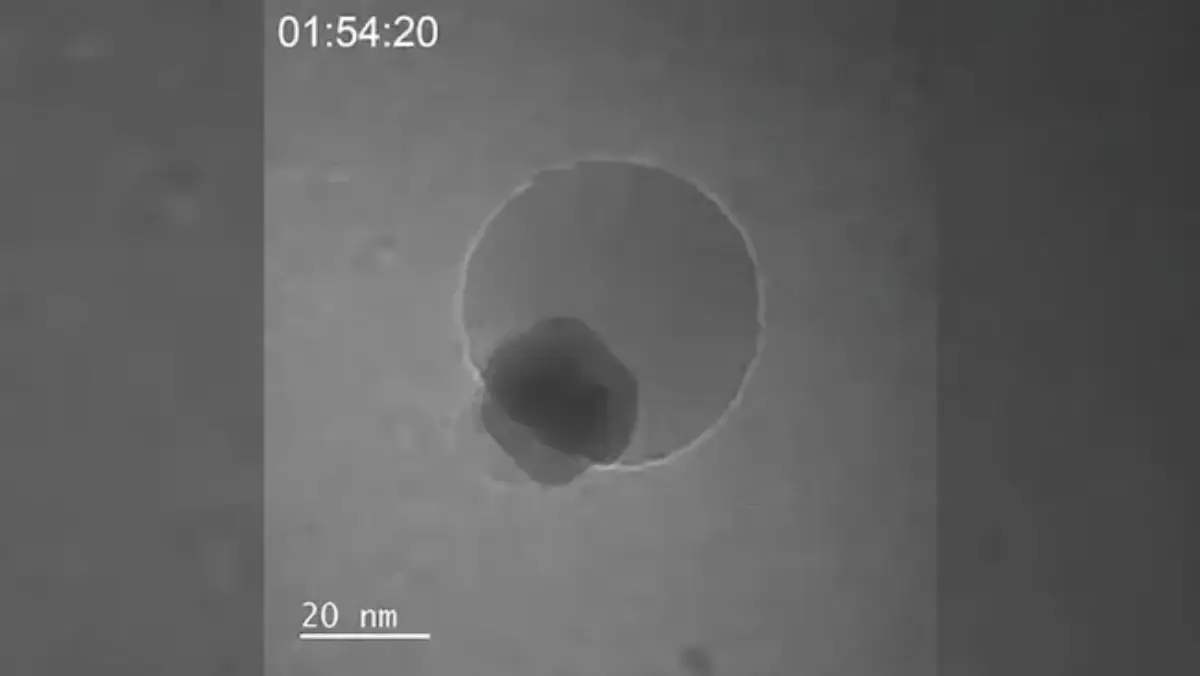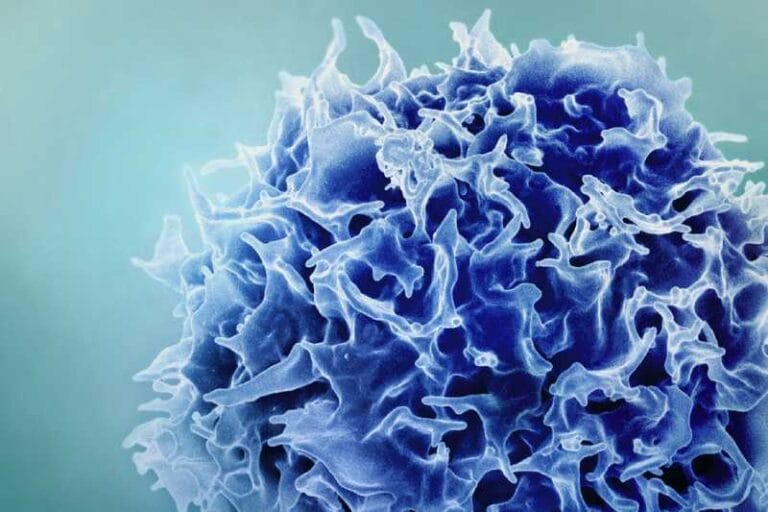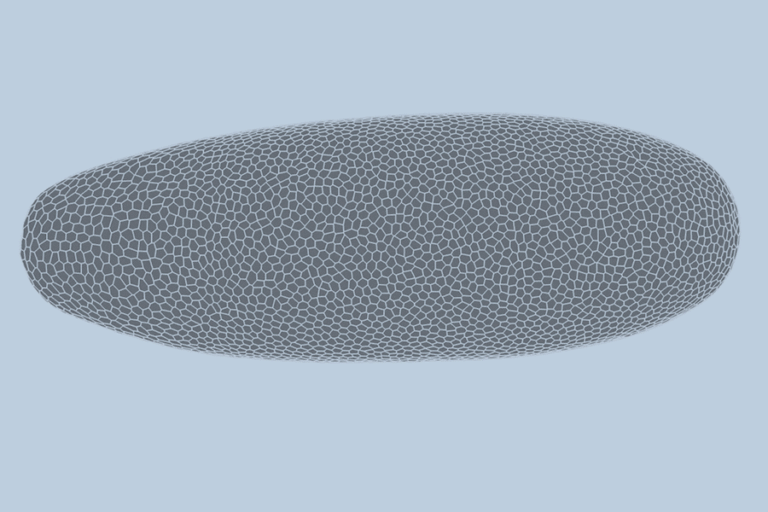Atoms merge in the world’s ‘smallest bubble’ of water

In a novel approach, researchers have succeeded in capturing nanoscale video footage of hydrogen and oxygen atoms combining into water from an inert environment, facilitated by a rare metal catalyst. The highly efficient reaction, which could potentially assist astronauts in the production of water in space, also resulted in the formation of the smallest known bubble of water, according to the researchers.
The video was included in a recently published study, released on September 27th in the journal PNAS, in which researchers investigated the role of palladium as a catalyst in the reaction between hydrogen and oxygen gases, leading to the formation of water under standard laboratory conditions. The team employed a novel monitoring apparatus to study this reaction, which enabled them to capture the process with exceptional precision.
“We think it might be the smallest bubble ever formed that has been viewed directly,” study lead author Yukun Liu, a materials scientist at Northwestern University in Illinois, said in a statement. “Luckily, we were recording it, so we could prove to other people that we weren’t crazy.”
The team employed the use of a specialized ultra-thin glassy membrane, which serves to retain gas molecules within the confines of honeycomb-shaped “nanoreactor” chambers. This allows the researchers to observe the tests in real time using electron microscopes, thereby facilitating a deeper understanding of the reaction process.
The technique was pioneered by researchers from the Northwestern University Atomic and Nanoscale Characterization Experimental Center (NUANCE) in a study published in January.
The ability of palladium, a rare metal with a silver-white appearance similar to platinum, to catalyze a dry reaction between hydrogen and oxygen has been known since the 1900s, according to research findings. Nevertheless, the precise mechanism of the reaction remained elusive.
The findings of the new study indicate that the gaseous atoms initially occupy the space between the palladium atoms, which are arranged in a square lattice. This expansion of the lattice enables the formation of water droplets on the catalyst’s surface. Furthermore, the team discovered that the process can be accelerated by introducing hydrogen atoms to the palladium prior to oxygen atoms, due to the smaller size of hydrogen atoms in comparison to oxygen atoms. This allows the palladium lattice to expand prior to the addition of oxygen, thereby creating larger gaps that facilitate the easier insertion of larger atoms.
The team hypothesizes that a scaled-up version of the reaction could be utilized to generate potable water for astronauts in space or in extraterrestrial settlements. The researchers drew a parallel between their findings and a scene from the science fiction film The Martian, starring Matt Damon. In the film, a stranded astronaut produces water on Mars by burning rocket fuel and combining it with oxygen from his suit.
“Our process is analogous, except we bypass the need for fire and other extreme conditions,” study co-author Vinayak Dravid, director of the NUANCE Center, said in the statement. “We simply mixed palladium and gases together.”
Palladium is a costly and scarce material, with an average market price of approximately $1,000 per ounce. This is primarily due to its ability to catalyze a multitude of chemical reactions and its utilization in a vast array of technological applications. Consequently, the development of a water-generating apparatus for use by astronauts could prove to be a highly costly undertaking.
Nevertheless, the researchers contended that the investment would prove worthwhile over time.
“Palladium might seem expensive, but it’s recyclable,” Liu said. “Our process doesn’t consume it. The only thing consumed is gas, and hydrogen is the most abundant gas in the universe.”






